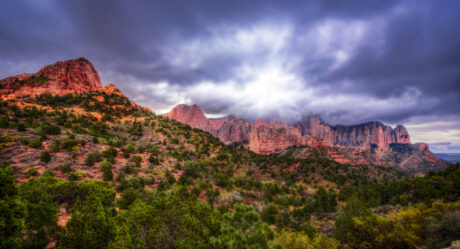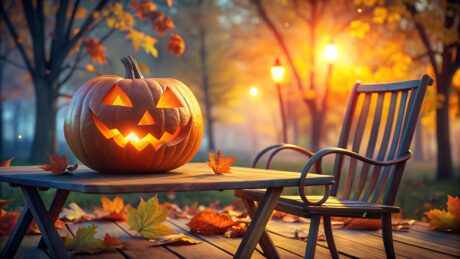See hummingbirds up close at free banding event in Dutch John

Hummingbirds are highly attracted to the color red because most red flowers produce the highest and “tastiest” sugary nectar. However, this can also confuse these tiny flyers at times, and they often get trapped in garages, where they get disoriented and sometimes die without intervention.
Utah biologists invite the public to a rare, hands-on look at one of nature’s tiniest marvels
Hummingbirds are on the move through Utah this summer, and while many of us enjoy watching them zip from flower to feeder, the public now has a chance to see these remarkable birds up close. A free hummingbird banding event hosted by the Utah Division of Wildlife Resources, Ashley National Forest and Red Canyon Lodge will give visitors a rare opportunity to observe biologists at work — and to learn more about these tiny but mighty pollinators.
The event will take place Saturday, July 19, from 7 a.m. to 11 a.m. at Red Canyon Lodge (2450 Red Canyon Road) in Dutch John, located in scenic northeastern Utah.
“This is a unique chance to see Utah’s smallest pollinating birds in hand while watching biologists gather data to guide future conservation strategies,” said Tonya Kieffer-Selby, outreach manager for the DWR’s Northeastern Region. “Banding helps us better understand migration patterns, population health, and habitat use — especially since the status of many hummingbird species remains unknown.”
Hummingbird species in Utah
Utah is home to five regularly observed hummingbird species:
- Black-chinned
- Broad-tailed
- Calliope
- Rufous
- Costa’s
The most common backyard visitors are black-chinned and broad-tailed hummingbirds. But the event also hopes to capture a glimpse of calliope hummingbirds — the smallest bird in North America, weighing as little as a penny, yet capable of flying over 5,600 miles a year during migration.
This time of year is ideal for spotting rufous hummingbirds, which migrate through Utah in July on their way back from Alaska and Canada. These aggressive, copper-colored birds are often seen competing for nectar in the higher elevations of northeastern Utah.
What to expect at the banding event
During the demonstration, biologists will gently capture hummingbirds, place a tiny, lightweight band on one leg, and collect vital data such as species, sex, age, and body condition. These bands — similar in size and weight to thick aluminum foil — carry a unique number that identifies each bird throughout its life.
Over the past four years, this annual event has led to the successful banding of over 300 hummingbirds, representing four species.
Visitors can ask questions, take photos, and learn about the banding process directly from DWR staff and biologists Terry Tolbert (retired BLM) and Lisa Young (Dixie National Forest). Be sure to bring a camera, and while you’re there, take a short detour to the Red Canyon Visitor Center and Overlook, where you might spot additional bird species or even bighorn sheep.
While admission is free, space is limited, and advance registration is required on Eventbrite.
Attracting hummingbirds at home
Feeding hummingbirds isn’t just fun — it’s also a helpful way to support their high-energy migration. These tiny birds rely on flower nectar and small insects for survival, and you can give them a boost by planting native species like penstemon, bergamot, and agastache (also known as hummingbird mint).
“Hummingbirds are excellent pollinators, and native plants are one of the best ways to attract them,” Kieffer-Selby said. “Plus, they’re beautiful additions to any yard.”
Feeding tips for success:
- Avoid store-bought red-dye nectar. Instead, mix your own: 4 parts water to 1 part white sugar.
- Use traditional red feeders — the color draws them in naturally.
- Clean feeders every few days, especially in hot weather, to prevent mold and fermentation.
- Be cautious about using insecticides around feeders; hummingbirds eat small insects and need them for protein.
Sometimes, the bright red of a car, flower pot, or even a garage opener light can confuse hummingbirds and lead them indoors by mistake.
“If a hummingbird becomes trapped in your garage, try hanging a feeder near the ceiling and open the garage door at dusk,” Kieffer-Selby advised. “Avoid stressing the bird, and if it doesn’t find its way out, contact your nearest DWR office for help.”
How to sign up
Those interested in attending the hummingbird banding event should register in advance on Eventbrite to secure a spot. For more information, call the DWR Vernal office at 435-781-9453.
Whether you’re a birder, photographer, or simply curious about wildlife, this event offers an unforgettable encounter with some of Utah’s most dazzling summer visitors.
For details, updates, and educational resources about Utah’s wildlife, visit wildlife.utah.gov.



